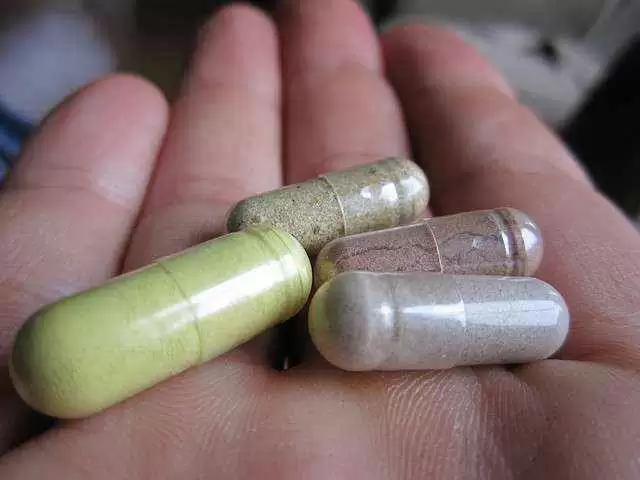
Celiac.com 10/23/2015 - Just as I finished writing about the failure of current commercial enzymes to effectively degrade gluten, an interesting study on another enzyme suggests that there may be help on the horizon, at least for people without celiac disease.
 According to the latest press release, in lab conditions, aspergillus niger prolyl endoprotease (AN-PEP) efficiently degrades gluten molecules into non-immunogenic peptides. But so what?
According to the latest press release, in lab conditions, aspergillus niger prolyl endoprotease (AN-PEP) efficiently degrades gluten molecules into non-immunogenic peptides. But so what?
Celiac.com Sponsor (A12):
If AN-PEP is to be effective in people with celiac disease or gluten-sensitivity, which would seem to be the whole point of an anti-gluten enzyme, it must effectively digest gluten in "non-healthy" subjects.
A team of researchers recently set out to assess AN-PEP on gluten degradation in a low and high calorie meal in healthy subjects. The research team included B.N. Salden, V. Monserrat, F.J. Troost, M.J. Bruins, L. Edens, R. Bartholomé, G.R. Haenen, B. Winkens, F. Koning, A.A. Masclee.
They are variously affiliated with the Division of Gastroenterology-Hepatology in the Department of Internal Medicine at NUTRIM, Maastricht University Medical Center, Maastricht, the Department of Immunohematology and Blood Transfusion at Leiden University Medical Centre in Leiden, the DSM Biotechnology Centre, Delft, the Department of Pharmacology and Toxicology, CARIM, at Maastricht University in Maastricht, and with the Department of Methodology and Statistics, CAPHRI, Maastricht University Medical Center in Maastricht, all in The Netherlands.
The team conducted a randomized, double-blind, placebo-controlled, cross-over study in which 12 healthy volunteers attended to four test days. Each volunteer received a liquid low or high calorie meal (4 g gluten) with AN-PEP or placebo administered into the stomach.
Using a triple-lumen catheter the team was able to sample gastric and duodenal aspirates, as polyethylene glycol (PEG)-3350 was continuously infused.
Acetaminophen in the meals tracked gastric emptying time. The team used gastric and duodenal samples to calculate 240-min area under the curve (AUC0-240 min ) of α-gliadin concentrations. The team calculated absolute α-gliadin AUC0-240 min using duodenal PEG-3350 concentrations.
The teams data showed that AN-PEP lowered α-gliadin concentration AUC0-240 min, compared to placebo, from low and high calorie meals in stomach (low: 35 vs. 389 μg × min/mL; high: 53 vs. 386 μg × min/mL; P < 0.001) and duodenum (low: 7 vs. 168 μg × min/mL; high: 4 vs. 32 μg × min/mL; P < 0.001) and absolute α-gliadin AUC0-240 min in the duodenum from low (2813 vs. 31 952 μg × min; P < 0.001) and high (2553 vs. 13 095 μg × min; P = 0.013) calorie meals.
In the placebo group, the high compared to low calorie meal slowed gastric emptying and lowered the duodenal α-gliadin concentration AUC0-240 min (32 vs. 168 μg × min/mL; P = 0.001).
These results confirm that AN-PEP significantly enhanced gluten digestion in the stomach of healthy volunteers, while increasing caloric density prolonged gastric residence time of the meal.
According to the authors, these results suggest that AN-PEP shows promise as an anti-gluten digestive enzyme for people with celiac disease, but further study is clearly needed.
Still, the fact that AN-PEP can effectively break down gluten in the stomach of healthy volunteers is a good start, but it means little if AN-PEP can’t do the same in people with celiac disease, which remains to be seen.
Stay tuned for more developments.
Source:
- Open Original Shared Link








Recommended Comments
There are no comments to display.